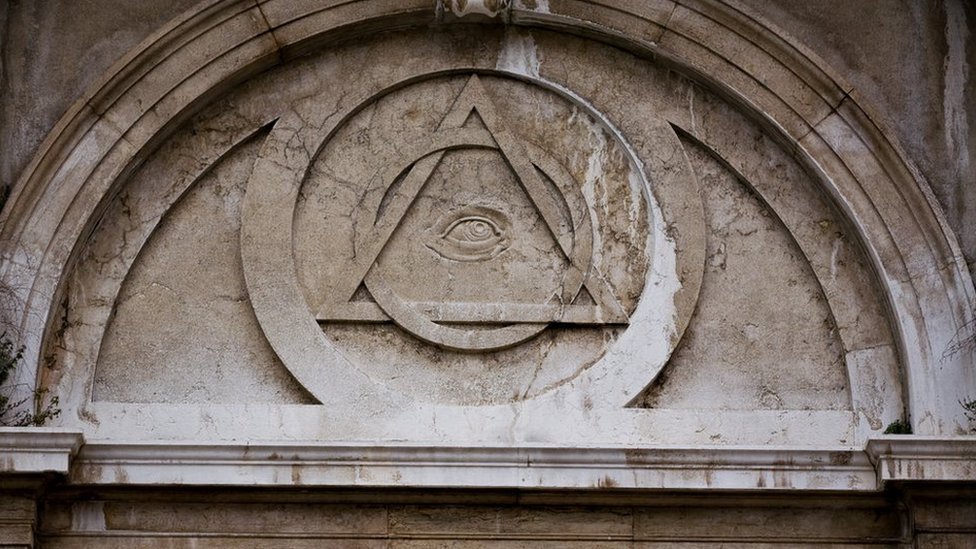Discovering the Requirements of How to Become a Freemason with Ease
Checking Out the Mysteries of the Freemason: What You Required to Know
The Freemason, a term commonly shrouded in intrigue and conflict, stands for an intricate tapestry of historic reality and modern misconception. Developed in the late 18th century, this secret culture was originally rooted in the Knowledge's ideals however has considering that ended up being associated with conspiracy theories about elite control. As we navigate the beginnings, vital numbers, and the raw comparison between myth and fact, one need to take into consideration exactly how these narratives influence contemporary assumptions of power and privacy. What may be exposed through a closer exam of these components might challenge long-held presumptions concerning the shadows that linger in our culture.
Beginnings of the Freemason
The origins of the Freemason are soaked in a mix of historical intrigue and ideological eagerness. Established in 1776 in Ingolstadt, Bavaria, by Adam Weishaupt, the group was originally developed as a secret culture focused on promoting Knowledge ideals such as factor, secularism, and the separation of church and state. Weishaupt, a professor of canon regulation, sought to test the prevailing authority of the church and state, which he considered as overbearing organizations suppressing intellectual and individual flexibility.
The Freemason looked for to hire influential members from different social industries, including politics, academic community, and the arts, to foster a network devoted to these Enlightenment principles. The culture operated under a shroud of privacy, utilizing coded language and rituals to protect its members from persecution, specifically given the repressive environment of the time. Nevertheless, the Freemason dealt with substantial resistance from both governmental authorities and religious establishments, which saw the group as a danger to their power.
Trick Numbers and Participants
Who were the critical numbers that formed the Freemason's very early influence and direction? The Bavarian Freemason, established in 1776 by Adam Weishaupt, arised as a response to the overbearing social structures of the time. how to become a freemason. Weishaupt, a regulation teacher, imagined the company as a way to promote Enlightenment ideals such as reason, secularism, and equality. His preliminary recruitment efforts included prominent intellectuals, such as Baron von Knigge, who played a crucial duty in increasing the group's membership and business framework.
One more significant figure was Johann Gottlieb Fichte, a noticeable theorist whose concepts on nationalism and education resonated with the Freemason's goals. Although Fichte was not an official member, his thoughtful supports influenced the group's ideology. Additionally, numbers like the author and thinker Johann Wolfgang von Goethe were linked with the more comprehensive intellectual movements of the time, although their straight involvement with the Freemason continues to be questioned.
These vital figures added to the Freemason's early direction, pushing the borders of political and social thought, while their cumulative initiatives aimed to test established norms and foster a climate of progressive adjustment in Europe.
Misconceptions vs. Truth
Lots of false impressions border the Freemason, usually mixing fact with fiction in a means that covers its real nature. The idea that the Freemason continues to put in substantial influence over globe occasions is a myth - how to become a freemason.
An additional prevalent misconception is that the Freemason makes up a network of elite individuals adjusting worldwide affairs. In truth, many conspiracy concepts exaggerate the team's significance, connecting misguided motives to social patterns and occasions. This has brought about an oversimplified view of complicated concerns.

Modern Interpretations
Contemporary analyses of the Freemason often reflect wider societal stress and anxieties and an attraction with secrecy and power. This modern lens often connects the Freemason with conspiracy theory theories that suggest a concealed elite coordinates world events, adjusting governments and economies for their own gain. Such stories tap into a deep-rooted question of authority, particularly in times of dilemma or social turmoil.

In addition, some modern-day analyses mount the Freemason as an allegory for the intricacies of globalization and the interconnectedness of influential individuals and companies. This point of view motivates an important exam of just how power dynamics run in today's globe, highlighting the balance between openness and privacy in governance and you can look here corporate practices.
Social Effect and Tradition
Influenced by centuries of intrigue, the cultural influence and heritage of the Freemason expand far beyond its historic beginnings. This secret society, developed in the late 18th century, has actually permeated numerous aspects of pop culture, from literary works and film to music and art. The principle of the Freemason has evolved right into a sign of conspiracy concepts, typically representing a regarded concealed power manipulating international events.
In literature, writers like Dan Brown have woven the Freemason right into elaborate stories, fascinating readers with styles of secrecy and power. Movies such as "National Treasure" and "The Da Vinci Code" better continue the attraction of the society, mixing truth with fiction to create interesting narratives.
The Freemason's impact also expands into songs, with artists referencing the organization to stimulate themes of disobedience and societal critique. This representation try this website has added to a fascination with the idea of private groups managing the bars of power, showing social anxieties regarding authority and openness.
Eventually, the Freemason's heritage is a complex tapestry of myth and fact, shaping understandings of privacy and control in modern discourse. Its enduring visibility in society underscores humankind's seasonal quest for comprehending concealed facts.
Conclusion
The exploration of the Freemason discloses an intricate interplay between historic realities and modern-day myth-making. Established in the Enlightenment age, this culture intended to test oppressive structures, yet its tradition has been eclipsed by conspiracy theory theories that suggest elite manipulation. Comprehending the differences in between the initial perfects and modern analyses is important for comprehending the withstanding fascination with the Freemason and its considerable impact on social stories bordering power and privacy in culture.